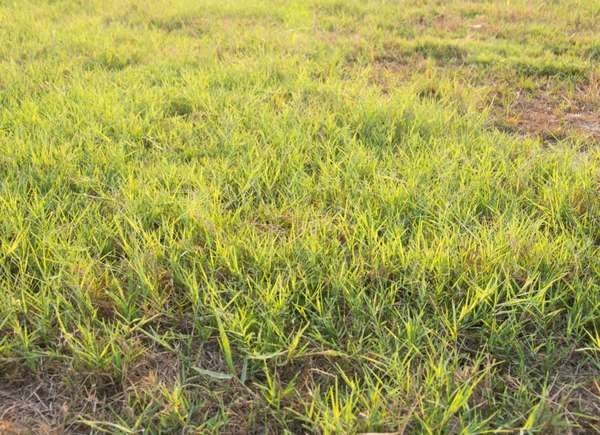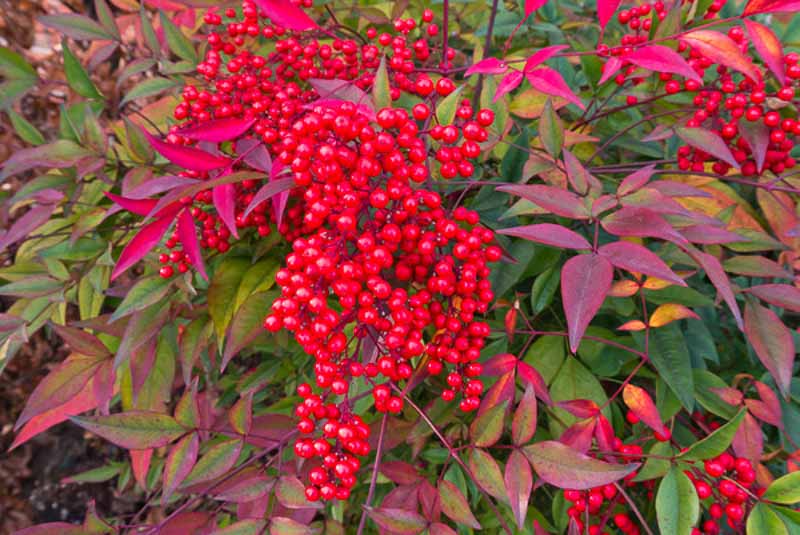Sometimes the difference between a cultivated plant and a weed is hard to distinguish. A weed is any plant that grows where it is unwanted. In our ever-more inclusive gardening culture, nearly any plant can find supporters and detractors. It all depends on the gardener’s perspective. A rose bush could be considered a weed if it sprouts in the vegetable garden. Some plants serve a valuable purpose in one area of the yard, but would take over the world if given half a chance to roam free.
Contents
1. Bermuda Grass.

Throughout its range, Bermuda grass is an easy to grow lawn grass and a useful pasture grass. It establishes quickly and grows back easily after damage. Unfortunately the tough, spreading roots and stolons easily creep over concrete and invade garden spaces as well. Attempts to physically control Bermuda grass, like pulling or rototilling, only make matters worse, as each tiny piece of root, stem, or leaf left behind can become a new plant.
2. Morning Glory.

Morning glory vines covering a garden fence or arbor with their colorful, trumpet-shaped flowers attract a huge array of nectar-feeding pollinators. In addition to their benefits to wildlife, they bring a welcome splash of color just when the garden begins to fade. But be prepared, these beauties can pose a challenge when those flowers go to seed.
3. Mint.

There are so many uses for mint, and so many varieties to be had, it’s hard to resist this popular, easy to grow herb. However, like other plants on this list, mints have aggressive, spreading roots that quickly cover large spaces. To keep mint in bounds, plant it in a container elevated from the ground.
4. Violet.

Violets are attractive native plants that give a pretty splash of color each spring and serve as important host plants for butterflies. That’s great in a perennial garden or a naturalized setting, but not so much in the lawn. Violets easily outcompete lawns by forming mats of foliage and dense roots that take both sunlight and soil resources away from the grass.
5. Bamboo.

Bamboo makes an attractive landscape screen or accent plant. But be sure to do your homework before planting it. Although there are more than 1,000 bamboo species, there are two main categories of bamboo, clumping and spreading. Clumping bamboos spread slowly and are fairly easy to contain. But many popular kinds of bamboo are of the running variety, which easily escape their allotted space to become a nightmare.
6. Periwinkle.

A pretty little blue flower on a low groundcover with deep green, glossy evergreen foliage is nothing to ignore. Periwinkle grows in sun or shade, moist or dry soil. It forms a mat of thick roots that eliminates competitor plants. Trimmings that drop on the ground easily grow roots to form new plants. It also spreads wherever the trailing stems touch the ground.
7. Purslane.

This succulent annual is known worldwide as a survivor in diverse climates. For thousands of years, purslane has been used as a vegetable or herb in many cultures. Although its flowers are not as showy, it is closely related to the popular garden plant Portulaca grandiflora, better known as moss rose. Any part of this plant that touches soil is capable of becoming a new plant.
8. Heavenly Bamboo.

Nandina domestica, commonly known as heavenly bamboo, offers a graceful structure, year-round colorful foliage, and white flowers in summer followed by big, bright red berries. It also spreads throughout the landscape and escapes into the wild. Once it breaks free, this plant grows fast enough to outcompete natives. Also, the red berries are toxic to birds, but they’re still attracted to them during winter when other food sources may be scarce.